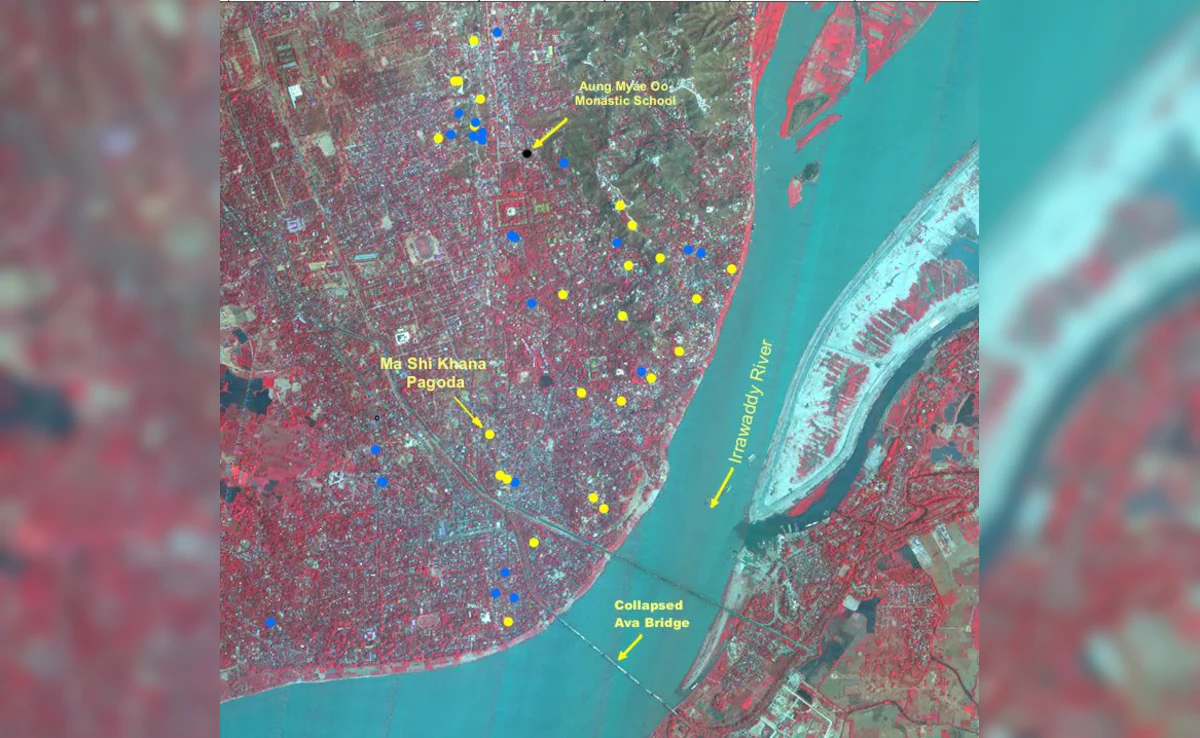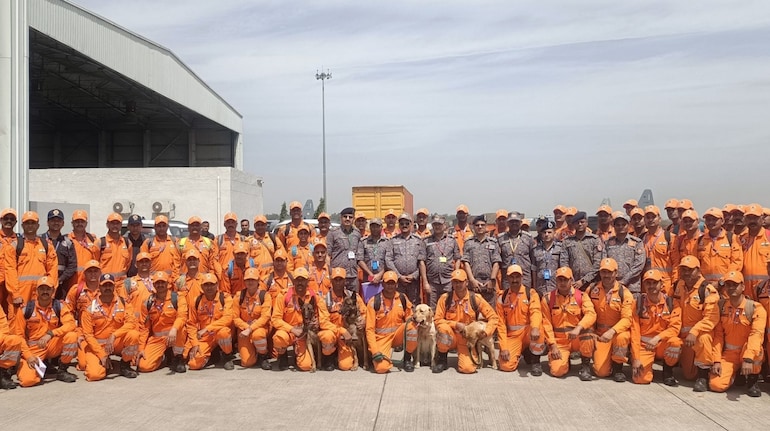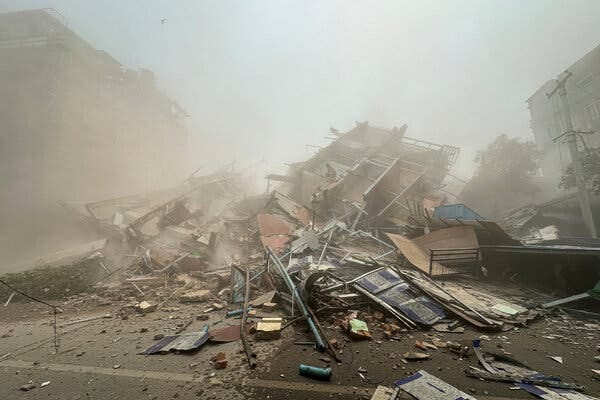Three days ago, a powerful earthquake struck Myanmar (Myanmar Earthquake), leaving behind rubble, collapsed buildings, and a rising death toll that has now topped 1,600, according to reports from the second day. Rescue teams are searching through the rubble, with hopes of finding survivors fading. Meanwhile, in neighbouring Thailand, authorities have launched an investigation into the collapse of a skyscraper in Bangkok, which is believed to be linked to a Chinese construction company. This article will discuss the latest updates on the Myanmar earthquake, the Bangkok skyscraper collapse and the challenges facing rescue operations.
All the points in this post
Myanmar Earthquake: Main Story
A magnitude 6.8 earthquake has struck central Myanmar, with tremors felt as far away as Thailand, Bangladesh, and India. Its epicentre was near the town of Chowk, which is already a vulnerable area due to its proximity to an earthquake fault line.
So far, the disaster has killed more than 100 people, with hundreds more injured. Entire villages have been reduced to rubble, and rescue teams are struggling to reach remote areas due to damaged roads and landslides. Hospitals are overwhelmed, and survivors are left without shelter, food or clean water.
This is not the first time Myanmar has faced such devastation. In 2011, a 6.8-magnitude earthquake killed nearly 150 people, exposing the country’s lack of preparedness for natural disasters.
Bangkok skyscraper collapse: China’s strong ties
While Myanmar grapples with the aftermath, Thailand is dealing with its crisis – a skyscraper in Bangkok has partially collapsed. The building, which was under construction, collapsed shortly after the quake, raising doubts about its structural integrity.
Thai Prime Minister Sreetha Thawisin has ordered an immediate investigation, with initial reports pointing to a Chinese construction company involved in the project. The company, which has undertaken several high-rise projects in Southeast Asia, is now reportedly under investigation for possible negligence.
The incident has reignited a debate in Thailand about foreign-led construction projects, particularly those involving Chinese firms. Critics argue that cost-cutting measures and lax regulations may have contributed to the disaster.

Myanmar rescue efforts: Hope fading
Three days after the earthquake, the chances of finding survivors are dwindling. Rescue teams, including local volunteers and international aid workers, are struggling with blocked roads, aftershocks and limited equipment.
Heartbreaking stories have emerged—of families digging through rubble with their bare hands, children rescued from collapsed schools and the elderly waiting for medical help. The Myanmar Red Cross and UN agencies are coordinating relief efforts, but the scale of the destruction is overwhelming.
Countries such as India, China and Japan have pledged to help by sending rescue teams and emergency supplies. However, political tensions in Myanmar have complicated aid distribution, with some areas controlled by rebel groups said to be inaccessible to government-led missions.
Geopolitical and economic impact
The impact of the earthquake went beyond the immediate casualties. Myanmar’s already fragile infrastructure suffered severe damage, disrupting trade and transport. The country, which had recovered from political unrest, now faces another setback.
In Thailand, the skyscraper collapse has sparked widespread debate about construction safety. As China is a major investor in Thailand’s infrastructure, the incident is expected to lead to stricter regulations for foreign companies.
China’s involvement in both the disaster, through construction projects in Thailand and aid to Myanmar, is said to have put it in a vulnerable position. While it does provide aid, investigations into the practices of its companies are expected to strain diplomatic relations.
Security concerns and future warnings
The disaster highlights the urgent need for better earthquake preparedness in areas prone to earthquakes. Key steps include:
- Strict building codes were needed to prevent earthquakes.
- Regular safety inspections were needed to build tall buildings.
- International cooperation in disaster preparedness training.
Countries like Japan and New Zealand, which are prone to frequent earthquakes, have set the standard for disaster resilience. Southeast Asian countries are expected to adopt similar strategies to prevent future tragedies.
the end
The Myanmar earthquake and the Bangkok skyscraper collapse serve as stark reminders of the unpredictability of nature and the fragility of humans. While rescue efforts continue, the focus must be on long-term recovery and prevention.
Governments must prioritize infrastructure protection and hold construction corporations to the highest standards. Most importantly, the international community must unite to support the affected regions.
As the world watches the aftermath of the Myanmar earthquake, one question remains: Will the lessons of the Myanmar earthquake be learned, or will history repeat itself?





















Leave a Reply